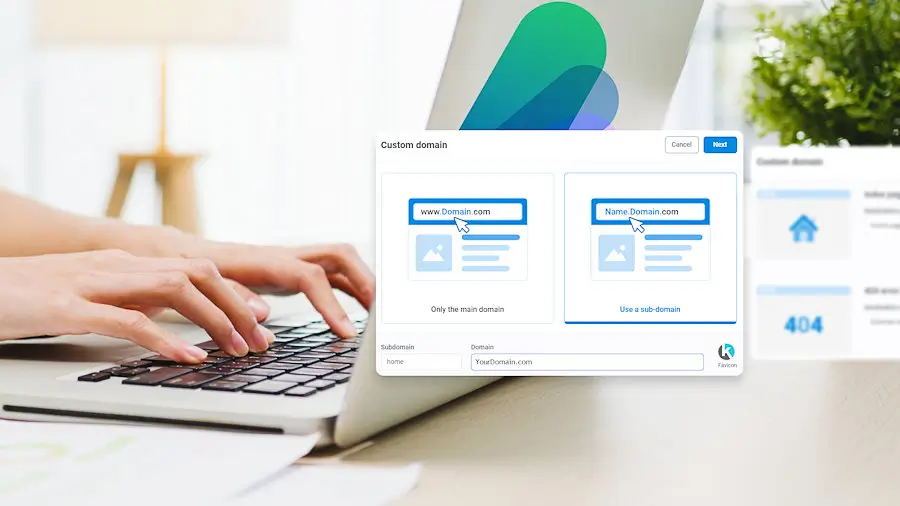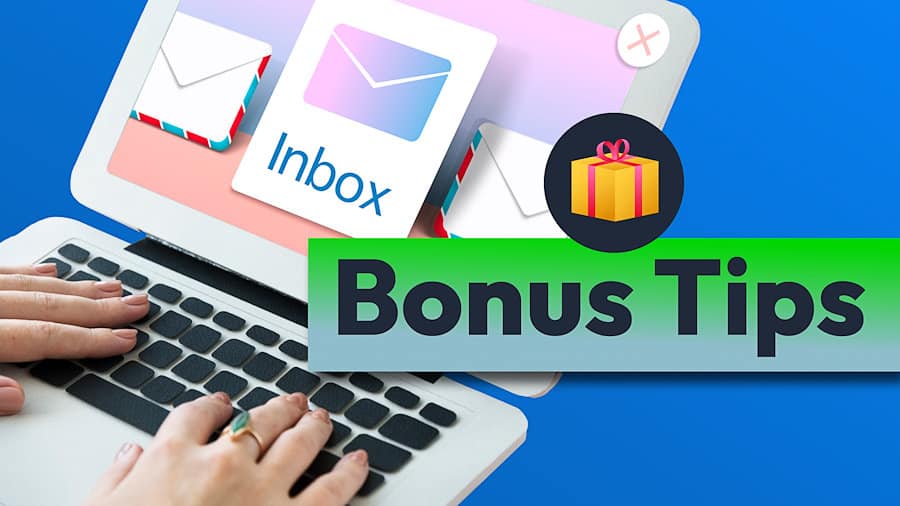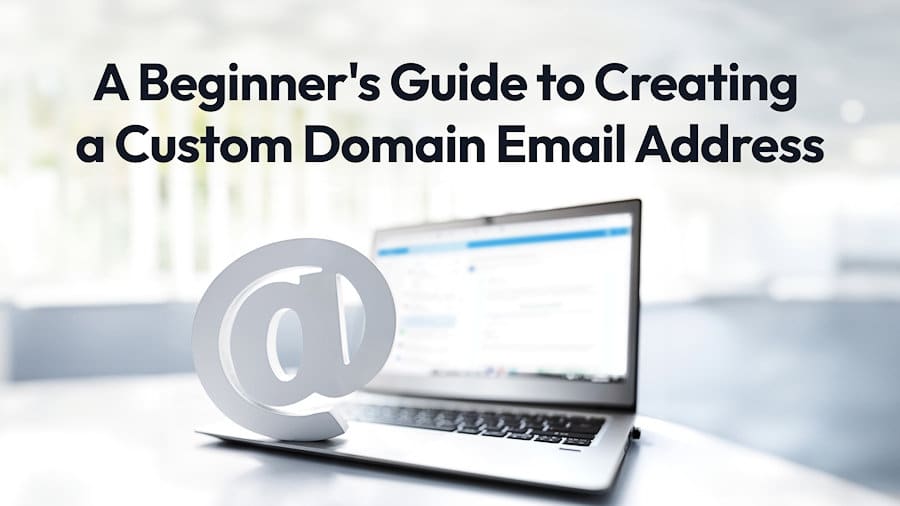In today’s digital age, establishing a strong online presence is crucial for personal and professional success. One effective way to reinforce your brand identity is by creating a custom domain email address.
Not only does it add a professional touch to your communication, but it also helps build trust with your audience. In this guide, we’ll walk you through the simple steps of getting a unique custom domain email address that reflects your brand.
Step 1: Choose a Domain Name
The first step in creating a custom domain email address is choosing a domain name. Your domain name is essentially your online address, so make it reflective of your brand. Keep it short, memorable, and relevant to your business or personal identity – most people choose the primary name they advertise under.
Once you’ve decided on a domain name, you’ll need to register it through a domain registrar like GoDaddy, Namecheap, or Google Domains. The registrar you choose will host the domain for you and give you an account to log in and manage settings and recurring payments for it. Domain ownership is typically billed yearly, but the registrar you choose may offer other payment options.

Step 2: Select an Email Hosting Provider
After securing your domain, you’ll need an email hosting provider to set up and manage your custom domain email address. This is where you’ll receive messages and can reply and engage with your business contacts.
Popular options include providers like Google Workspace, Microsoft 365, Zoho Mail, and ProtonMail. Each provider offers different features and pricing plans, so choose the one that aligns with your needs and budget.
Step 3: Set Up Your Custom Domain Email
Once you’ve selected an email hosting provider, follow their instructions to set up your custom domain email address. This typically involves verifying your domain ownership and configuring the necessary DNS (Domain Name System) records.
Don’t worry if these terms sound technical – most hosting providers provide step-by-step guides to make the process user-friendly.
Decide on the email addresses you need (e.g., info@yourdomain.com, contact@yourdomain.com) and set up the accounts through your hosting provider’s dashboard. You can usually customize your email addresses to suit your branding strategy.

Step 4: Access Your Email
Once everything is set up, you can access your custom domain email through your hosting provider’s webmail interface or by configuring your email client (e.g., Outlook, Gmail) with the provided settings. Enjoy the benefits of a professional email address that reinforces your brand every time you send a message.
Step 5: Use Your Custom Domain Email for Marketing
If you use a marketing platform like Kartra, use your custom domain email address to boost the visibility of your brand in all your marketing efforts.
Look for email settings that allow you to add a custom email address to the send-from and reply-to settings for your promotional email and plug in your new business addresses. This will ensure that every message you send keeps your name and brand front and center.

Bonus Tips
- Regularly check and manage your custom domain email to stay responsive and professional.
- Set up email signatures that include your brand logo, social media links, and other relevant information.
- Authenticate your email domains with DKIM, SPF, and DMARC protocols to protect your domain from spoofers and scammers.
- Send thoughtfully designed mail from your domain on a consistent basis to build and maintain a reputation as a legitimate sender.
By following these simple steps, you’ll be well on your way to having a professional custom domain email address that enhances your brand image and makes a lasting impression on your audience.
Want to learn more about domain reputation?
Read our blog post about email domain warming: best practice tips and tricks. There, you’ll learn how your domain reputation impacts deliverability, and how to “warm up” your new domain.
Taking the time to properly warm up your domain is crucial for establishing a good sender reputation and improving your email deliverability rate, making sure that your messages reach your audience’s inboxes effectively!
About Kartra
This blog is brought to you by Kartra, the all-in-one online business platform that gives you every essential marketing and sales tool you need to grow your business profitably – from sales pages and product carts to membership sites, help desks, affiliate management and more. To learn how you can quickly and easily leverage Kartra to boost your bottom-line, please visit kartra.com.


